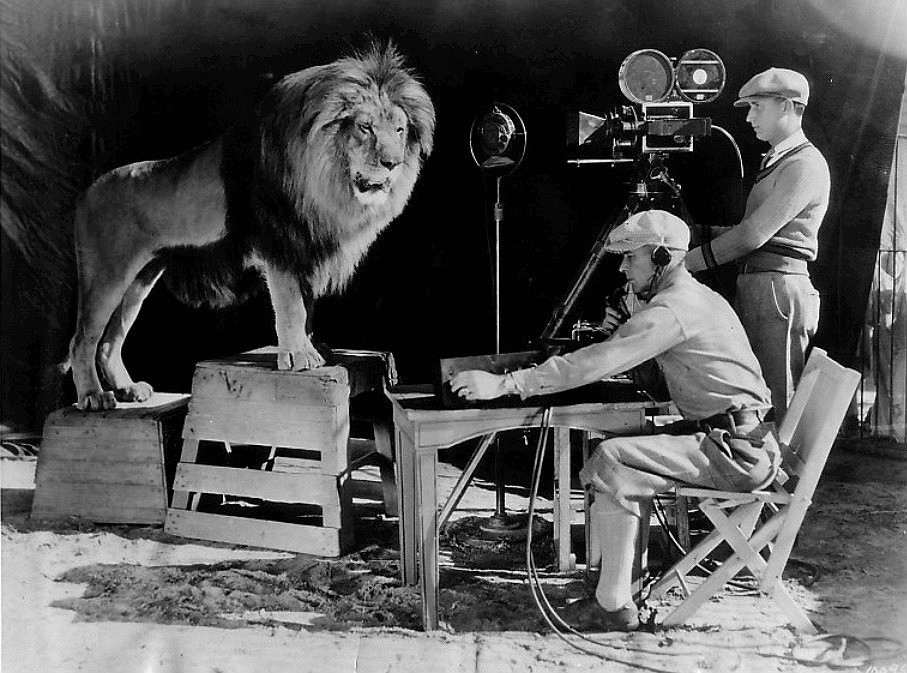
His stage name was Leo, but his real name was Slats. He was a 750-pound lion born on March 20, 1919, in Dublin, Ireland, and now rests peacefully in Gillette, a small New Jersey town. Meet MGM’s first lion mascot.
Preview: Still looking for more local connections to this story. More updates are coming!
Sometimes, history surprises even our researchers. This is one of those stories. Gillette is a small, quiet community on the western fringe of Morris County in Passaic Township, at the base of the Long Hill of the Watchung Mountains. Gillette has what we believe might be its most significant figure in the town’s history: Meet Leo, the MGM lion. Let’s dig in.
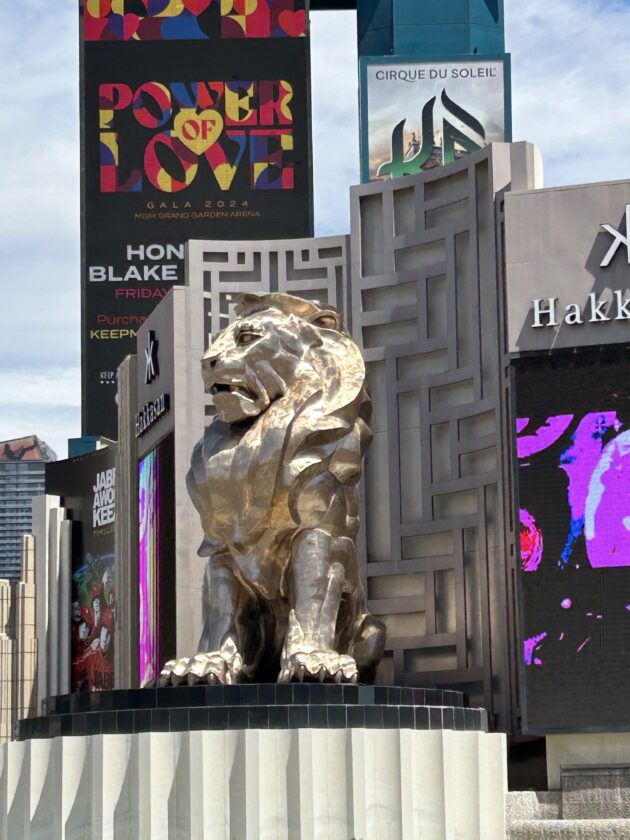
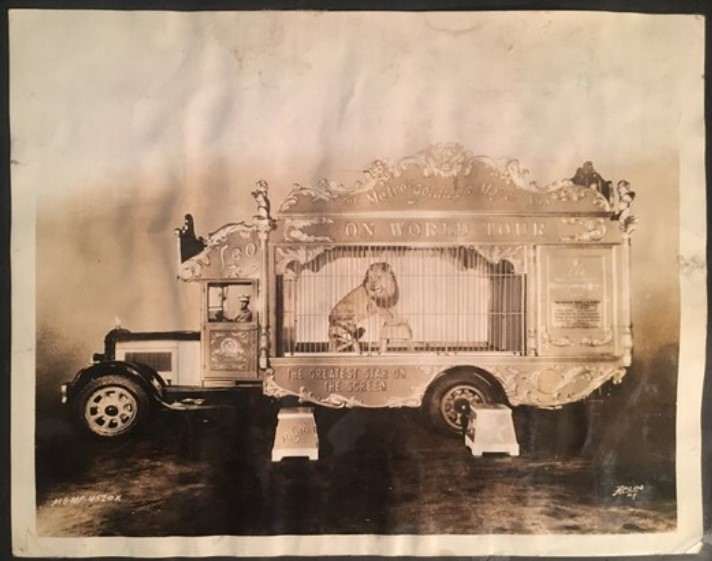
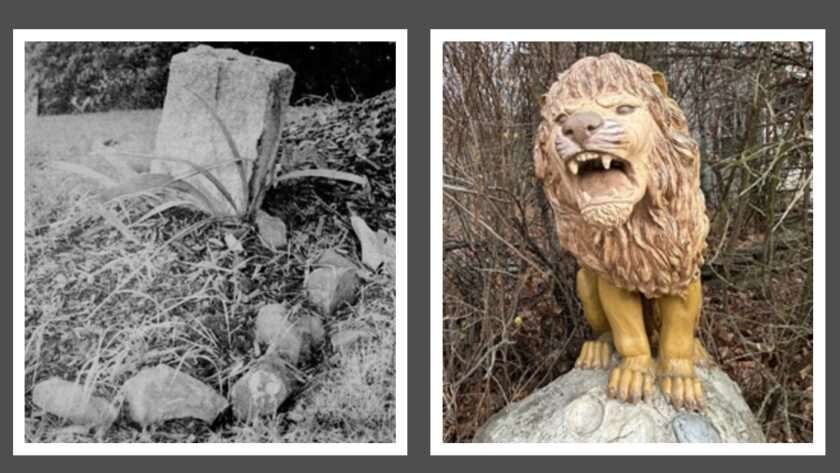
The Leo the Lion Statue was the work of local folk artist Fred Monroe. Monroeâs unique folk art became a familiar sight in the Long Hill community. In addition to the lion, Monroe created the “Humpty Dumpty” figure that sat for many years on a stone wall outside his house on Valley Road. The lion stands as a silent tribute to the Volney Phifer Animal Farm and Phifer’s famous MGM Traveling Lion, Leo. The farm was a local landmark that once captured the imagination of everyone who visited, serving as a home for a few of Hollywoodâs animal stars.
MGM Lion History
The iconic MGM Lion has a fascinating history as the enduring mascot for Metro-Goldwyn-Mayer studios. Samuel Goldwyn Pictures Corporation created the original lion mascot, “Slats,” before its merger with Metro Pictures and Louis B. Mayer Pictures. Slats appeared in all of Goldwyn’s silent films from 1919 to 1928. Born at the Dublin Zoo on March 20, 1919, Slats was originally named Cairbre, Irish for “charioteer.”
The lion was chosen as the company’s mascot in 1916 by publicist Howard Dietz as a tribute to his alma mater, Columbia University, whose mascot is a lion. There have been eight MGM Lions. The first MGM lion was named Slats. Used in 1924, he died in 1939. His trainer, Volney Phifer, had the body sent to his Gillette farm and buried it there, marking the grave with a granite slab and a pine tree to âhold down the lionâs spiritâ. MGM has used eight different lions since 1924, and each one was used in multiple iterations of the logo.
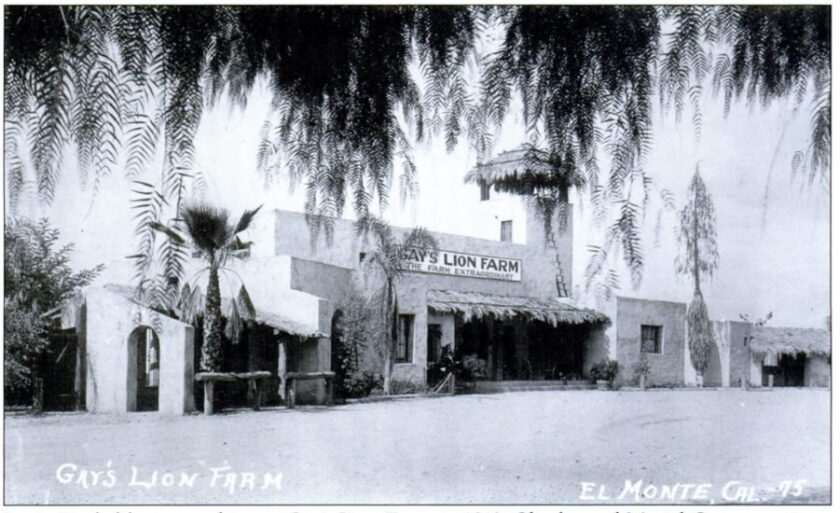
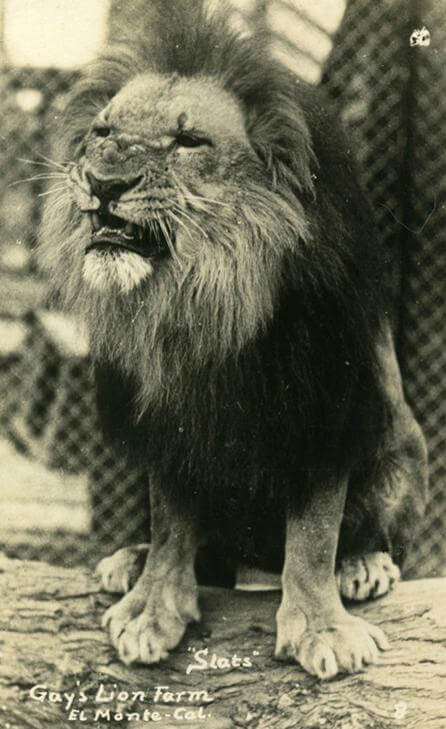
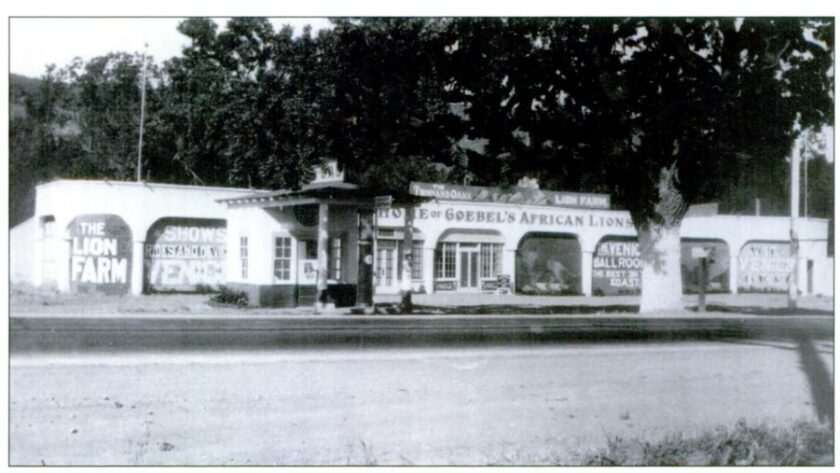
Slats and many of the other MGM lions spent time in California at Gay’s Lion Farm, a public selective breeding facility and tourist attraction just west of the southeast junction of Peck Road and Valley Boulevard in El Monte, California. It operated from 1925 through 1942 when it was closed. Founders Charles and Muriel Gay were Anglo-French circus performers who arrived in Los Angeles in 1914. They established an attraction in MacArthur Park (then known as Westlake Park) where the public could watch Charles Gay working with three adult lions. Volney Phifer, an MGM trainer, was born into a German circus family that led Phifer to become Hollywood’s first animal trainer and, in the movie industry, to be known as Captain Phifer.
Slats appeared in the MGM logo on all black-and-white films from 1924 to 1928, including the first MGM film, He Who Gets Slapped (1924). According to our sources, Slats would retire in 1928 and pass in 1935.
Poor Slats, no one ever heard him roar on the big screen.
MGM lions that all use the stage name “Leo.”
When the three companies merged to form MGM in 1924, Slats remained the mascot until 1928, when sound became a standard feature in films. The next lion, “Jackie” (he/him) was the first lion mascot to appear with an audible roar in 1928. This was recorded using groundbreaking sound technology and set the standard for the famous roaring sequence.
Lions over the Years
Slats the lion would eat approximately 20 pounds of beef roast every day. But I would give him a special treat on Sundays where I’d give him six dozen eggs and a gallon of milk.
Volney Phifer, MGM trainer and Slats caretaker.
One point to call out from our research is that all of MGM’s lions were “Leo the Lion,” as it was a stage name used for the lion icons. There were times when multiple “Leos” were scattered across the country. Also, when Scats, the first Leo, died, information was incorrectly shared, and it cascaded across newswires around his death on February 26, 1935, mixing information about Slats and his replacement, Jackie aka “Lucky Leo”, the first to roar out loud on film. Slats was born in Dublin, Ireland, and Jackie was captured in the Sahara. Slats died in 1935, while Jackie died in 1956. So we had to research them both as the newspaper history is inaccurate.
- Slats (mascot from 1924â1928) was born on March 20, 1919, at the Dublin Zoo, Ireland, and appeared as Goldwyn Pictures’ first lion mascot and logo. While you could see Slats roar, no one ever heard him roar on screen, as there were only silent pictures at the time. It was reported that Slats “retired” in 1928. Instead of the tour, trainer Volney Phifer retired Slats to a quieter, off-camera life at the Philadelphia Zoo, where he remained until he passed away. Slats would pass on February 26, 1935, at the Philadelphia Zoological Society of what most states was old age. Stats’ body was returned to Phifer’s farm in Gillette, New Jersey, his final resting place. Slats was 15 years, 10 months, 28 days at his death and not 20 as was commonly reported. Lastly we confirmed Slats was born in Dublin, Ireland and NOT captured in the Sahara.
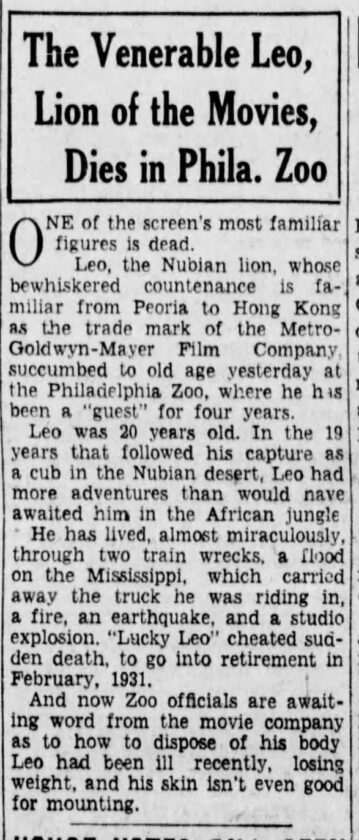
Our researchers are also covering the life of Jackie the MGM lion as there were many inaccuracies that comingled the lives of Slats and Jackie that need clarification.
Mr. Local History Research Team.
- Jackie (mascot from 1928â1956): As sound films had quickly grown in popularity, a silent lion would no longer suffice. It was time for a new âLeo the Lion,â and this time he was from Sudan. Jackie then became the first MGM lion to roar on screen. Born in the Nubian Desert in Sudan in 1915, Jackie the lion was brought to America as a cub. Records state his mother was named Stubby and grandmother Mamie; Jackie was a wild Nubian (check out the lion temple) lion brought from the Sahara desert in Sudan when he was around 1 year old. One of the junior trainers at the California Zoo was a teenager named Melvin Koontz, who lived at the Selig Zoo in a suburb of Los Angeles. Jackie was 8 feet long and 35 inches tall and weighed about 500 pounds. Jackie was the first lion to appear in MGM’s Technicolor, opening The Wizard of Oz.
Jackie also survived a plane crash in Arizona, where he gained the nickname “Lucky Leo.” He first appeared as the MGM big screen mascot at the opening of the first MGM movie with the sound White Shadows in the South Seas (1928).
Jackie had a 39-year-long career filled with the famous and fabulous, doing photoshoots, films, flights, and even âboxingâ with Koontz at the 1939 New York Worldâs Fair. However, all things must end, and in 1954, after a lifetime as a Hollywood star, it was time for Jackie to retire. MGM decided Jackie would live out the rest of his days at the Lion House in the Philadelphia Zoo. In 1956, he sadly died due to ongoing heart issues at the age of 41, which is extremely old for a lion, as they typically only live for 10-15 years.
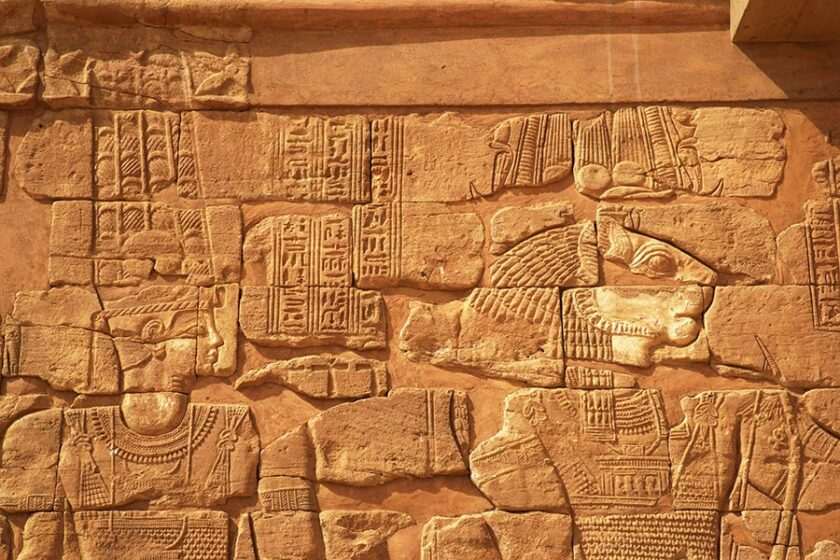
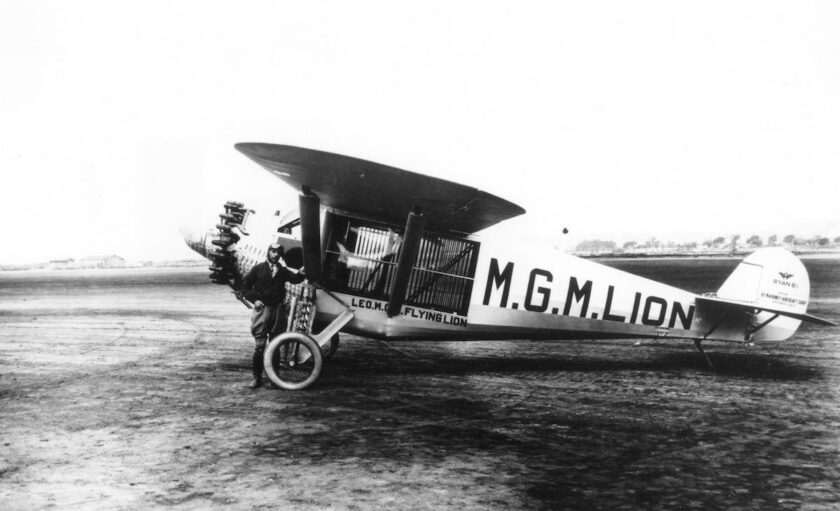
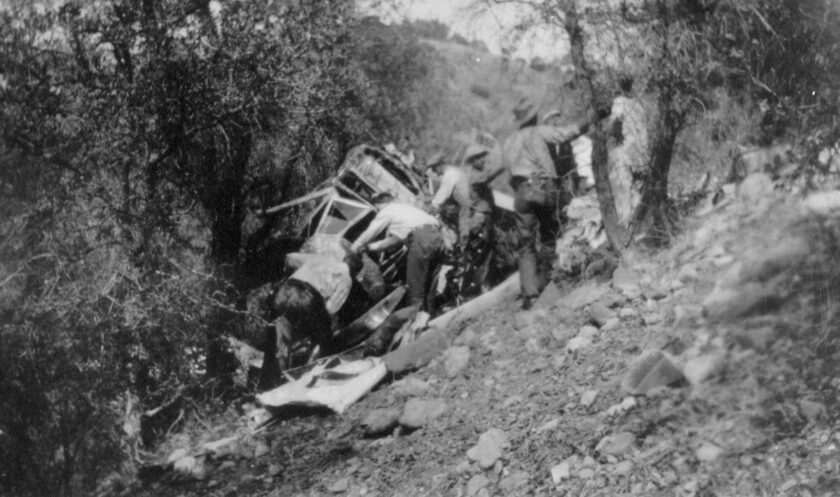
Our research has also found accounts that Jackie lived out his days in Thousand Oaks, CA and died in 1952 after being found by the zookeeper John McCullen. Other accounts state he died in Philadelphia in 1956. We’ll keep digging to see where this story goes.
Love Stals, but what about Jackie aka “Lucky Leo?”
- Bill (c. 1927â1928), Telly (1928â1932), Coffee (1932â1935) -MGM began experiments with two-strip color short subjects in 1927 and animated cartoons in 1930. For this period, three different lions were used.
- Tanner (mascot from 1934â1956, 1963â1967) Tanner’s trademark was when he would roar three times for his intro.
- George (mascot from 1956â1957) had the heaviest mane of all the MGM lions.
- Leo (mascot from 1957â2021) the eighth and current lion, is by far MGM’s longest-used, having appeared on most MGM films since 1957. Leo was born in 1956 in Dublin Zoo, Ireland, the same as Slats, the first “Leo the Lion.” He was also the youngest when MGM filmed him roaring, hence his much smaller mane. Leo made his debut in the film Tip on a Dead Jockey.
- Leo Digital (mascot from 2021âPresent) Leo and the MGM lion roar intro was replaced with a computer-generated image (CGI) of a lion created by Baked Studios.
Volney Phifer, Slats’ Trainer & Ties to Jersey
Volney Phifer was born into a German circus family. That upbringing led Phifer to become Hollywood’s first animal trainer and, in the movie industry, to be known as Captain Phifer. In 1934, Volney Phifer bought a 27-acre farm on Morristown Road in Gillette, New Jersey, as his New York City engagements, such as those at Radio City Music Hall, would not allow exotic animals to be housed in the city. Phifer was a wild-animal trapper and trainer who became Metro-Goldwyn-Mayerâs premier animal trainer. Most likely, Phifer was in the picture whenever an animal was on set or touring the world to promote MGM movies.
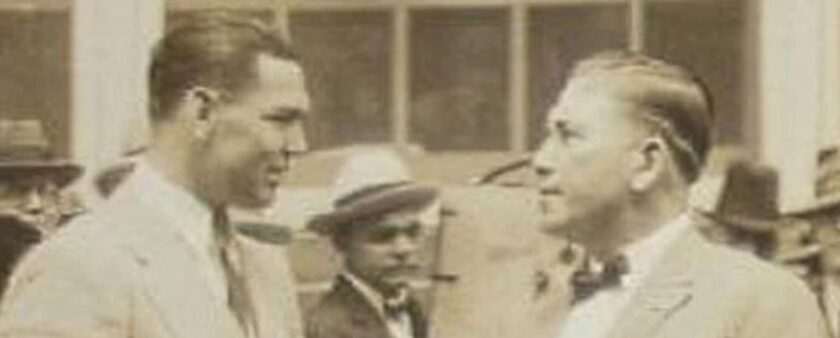
When Volney retired, he kept quite an interesting assortment of exotic and wild creatures at what is still remembered by many as Phiferâs Animal Farm. It is believed that Slats and Cheetah from the Tarzan movies were both buried on his farm. Volney would die in 1974.
In 1935, MGM loaned its iconic “Slats the Lion” to the Philadelphia Zoo, where he died of heart disease in his cage on February 25, 1935, at only 17. Phifer had them send the lionâs body back to Gillette for burial, where he was buried on the 27-acre farm. After Volney Phifer died in 1974, the remaining animals were parceled to other farms and zoos. Eventually, the farm became the property of his sister-in-law, Alma. Not much remains on the property, but there is the gravesite and memories of Leo the Lion, who used to strut the area.
Rest in Peace Slats
MGM’s Slats the Lion gravesite memorial in Gillette, New Jersey
Leo and Hollywood’s Walk of Fame

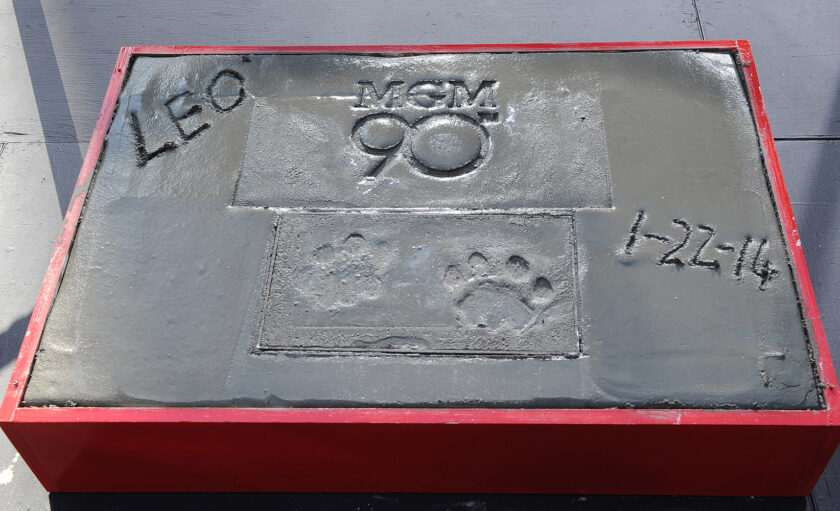
Phifer Animal Farm
in 1934, Pfifer bought the 27-acre property at 167 Morristown Road, Gillette, New Jersey. He named the farm “Pfifer Animal Farm.” Gillette is a community in Long Hill Township in Morris County, New Jersey. In the 1950s, Pfifer donated about 10 acres of his farm to the township, which became a park. In 1994, the property was for sale for $275,000, and suggestions were made to move Leo’s gravesite.
If you want to visit this quirky piece of film history, head to Morristown Road in Gillette. Slats’ grave is north of Valley Road and south of the train tracks. The actual address is 161 Morristown Road, Gillette, New Jersey.


Controversy – Slats, Jackie and Leo
Reports have been told that the McPherson Museum in McPherson, Kansas, claims to have the skin of the âfirstâ Leo and says that the lion buried in New Jersey is a different MGM lion named âSlats.â All of the Leos are long dead and buried. Francis Vaniman, president of a bank in McPherson, was said to love taxidermy. No one’s quite sure which “Leo” had his skin removed in Los Angeles and made into a rug that landed at the McPherson Museum’s Africa exhibit. MLH doubts this is the same “Leo.”
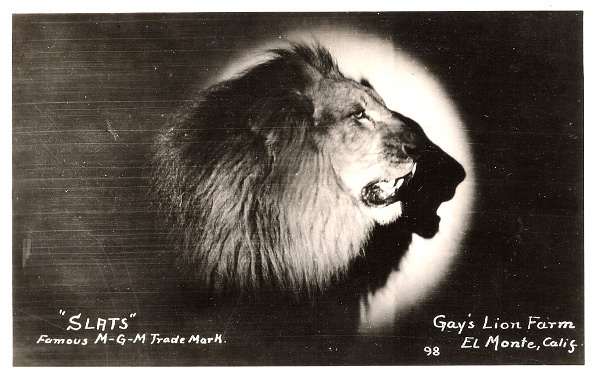
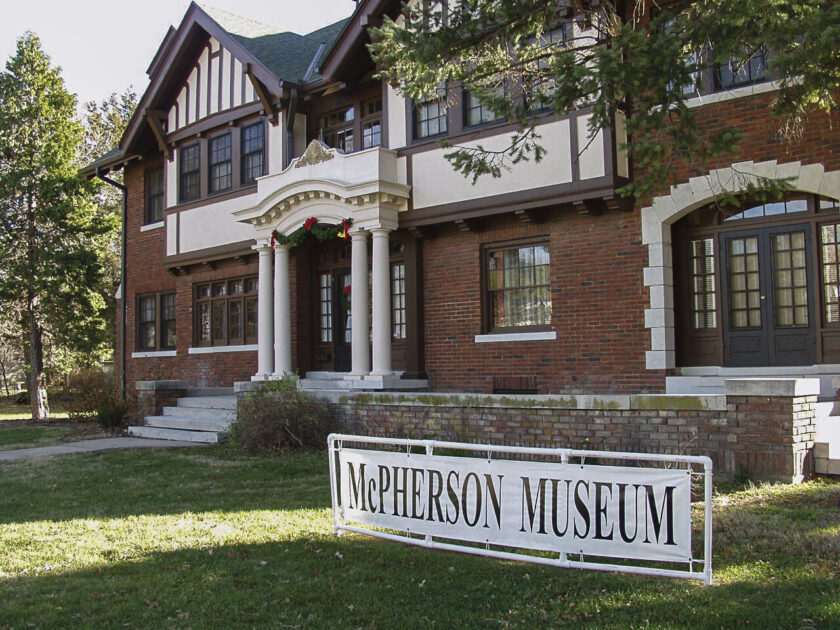
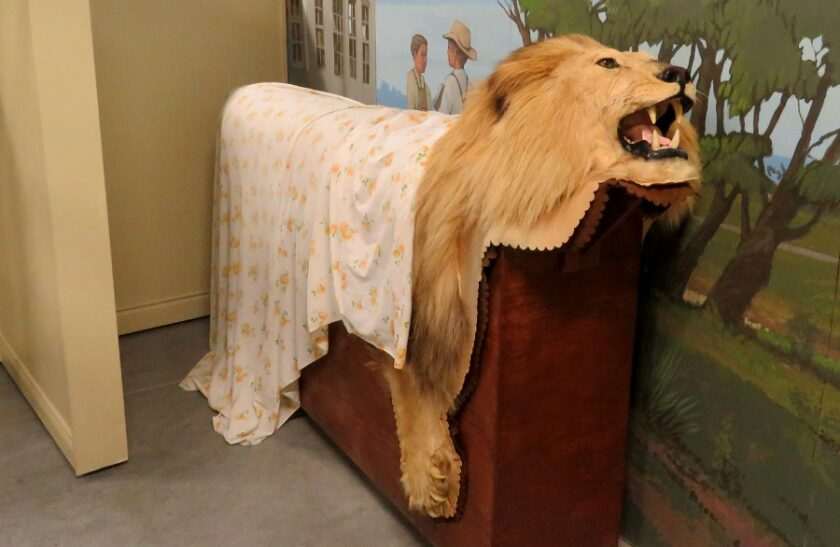
The Find-A-Grave website states that âSlats,â after he died in Philadelphia in 1935, his fur was made into a rug. His remains were split, with the rug going to Kansas and the rest to the Phifer Animal Farm in Long Hill, New Jersey. We corrected that site with our research. Also, the name Leo and Slats are often interchanged as the name Leo became the known “screen name” for any of the lions in MGM’s mascot’s history. Karen Nowak Autenrieth, whose family visited the Phifer farm often in the 1970s, does not recall the Phifers ever referring to Leo as âSlats.â
For more interesting stories about Leo the Lion, check out the book Jungleland by Jeffrey Wayne Maulhardt.
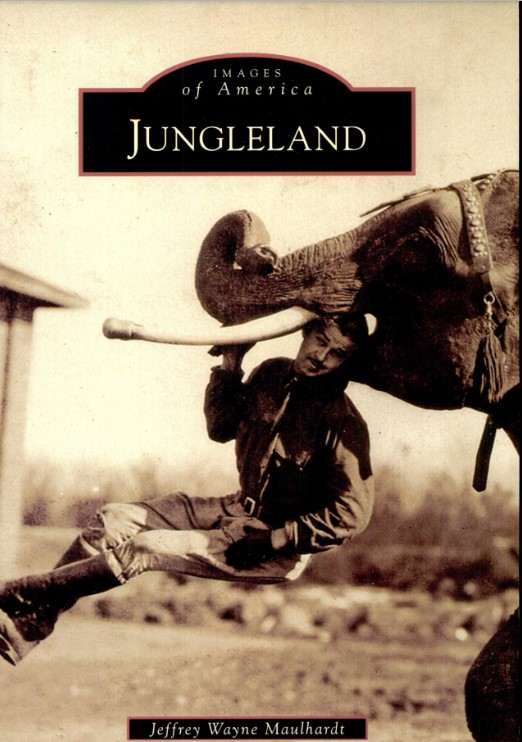
For more interesting stories about Leo the Lion and other film animal stories, check out the book Jungleland




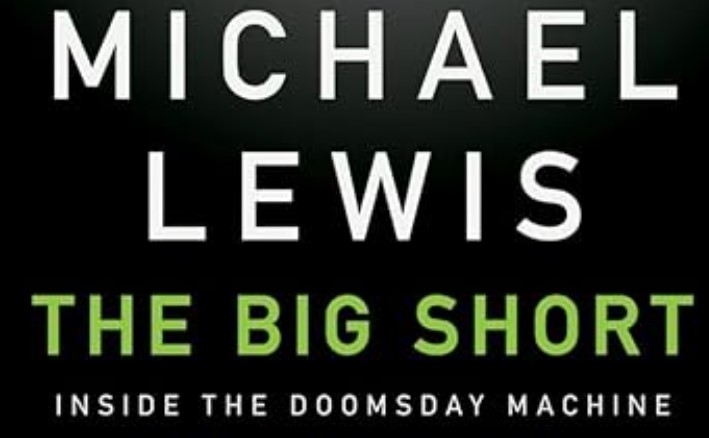




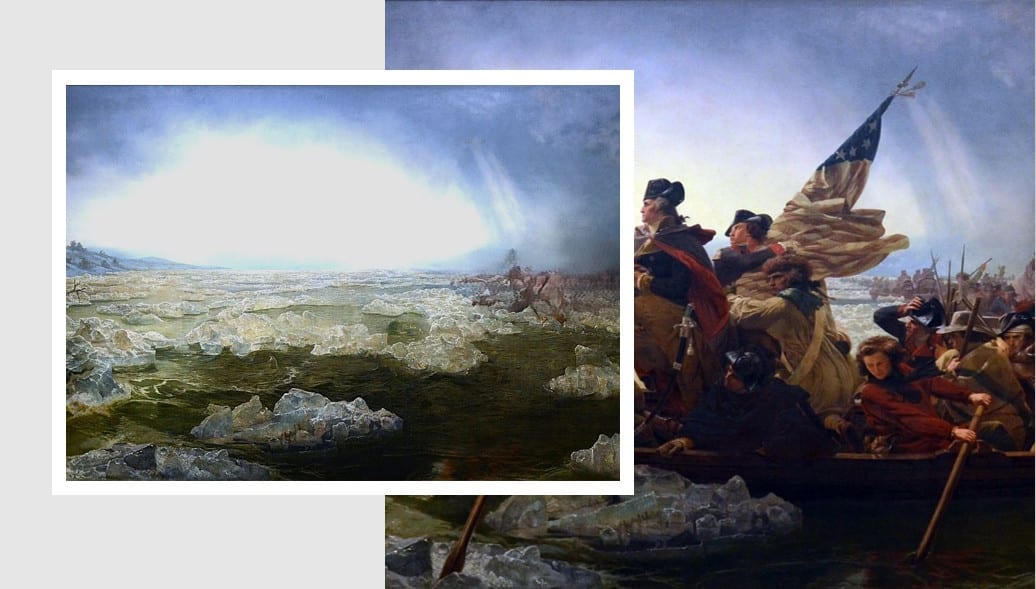


Grew up there in the 50s. Sat on that ground under the tree many times. We knew that was where Leo was buried. There were many renters in the big house. I was there when the Tiglions were born. Was in the gage with them. Evelina Curry was the trainer. She was on the Ed Sullivan Show with the Tiglionsâgreat place to grow up.
My grandparents were on Morristown Rd and were friends with the Phifers. A quarter got you in to look around. Good memories.
I heard Dublin Zoo was so good at breeding lions that it was known as the Lion Factory!